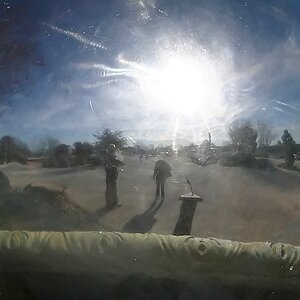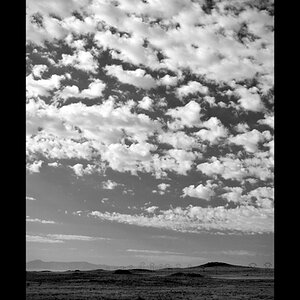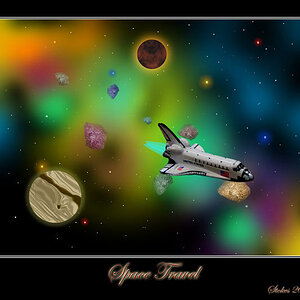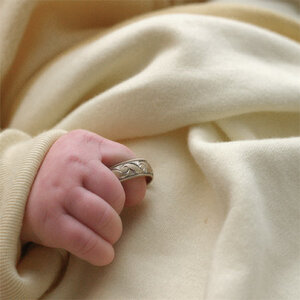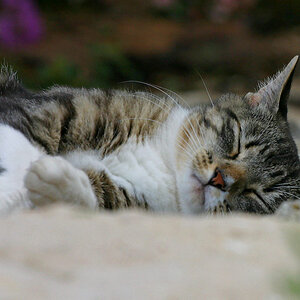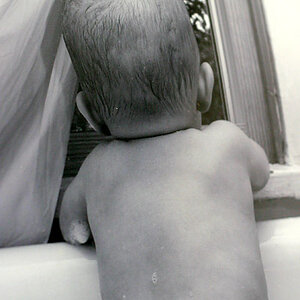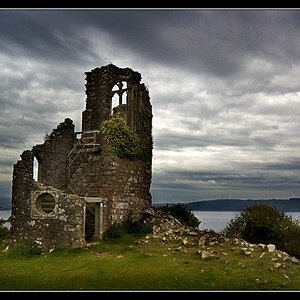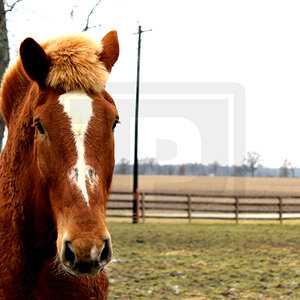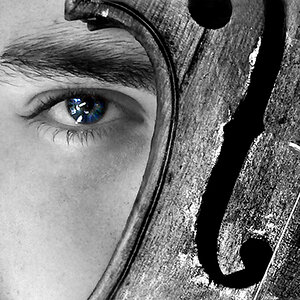Ahmadkawi
TPF Noob!
- Joined
- Jan 9, 2014
- Messages
- 7
- Reaction score
- 0
- Location
- Cairo, Egypt
- Can others edit my Photos
- Photos NOT OK to edit
Hello there,
Sharpening is always a step I forget about. At a certain point I started asking myself the question, do I really need to sharpen images? I think; yes and no. Depends on what the photo is for I guess. I suppose that if you're doing something commercial or for people in general, then you have to go by contemporary standards. But I believe that if you're making fine art photography, then maybe sharpening isn't that important. I know, probably on saying that, I've stepped on some toes.
I was watching a video by Lynda on Youtube. The one where they show darkroom techniques like dodging and burning. And the man was saying how in the darkroom, there's no such thing as sharpening, so the focus had to be sharp to begin with. Meanwhile, I was going through Diane Arbus and Sally Mann books. And before that, William Eggleston and Robert Mapplethorpe. And let's face it those people made history shooting film, printed large, and did just fine.
I'm not saying it's film or bust. I shoot on digital, but I'd love to shoot film and develop too. Shoot both and have fun. I'm just saying that, I tend to love things to be organic. I like things to have a certain amount of flaws.
Hmm, usually, I'm a more organized writer but it's been a long day at work and I'm tired. But I really want to put the question out there and get people's feedback and learn.
Sharpening is always a step I forget about. At a certain point I started asking myself the question, do I really need to sharpen images? I think; yes and no. Depends on what the photo is for I guess. I suppose that if you're doing something commercial or for people in general, then you have to go by contemporary standards. But I believe that if you're making fine art photography, then maybe sharpening isn't that important. I know, probably on saying that, I've stepped on some toes.
I was watching a video by Lynda on Youtube. The one where they show darkroom techniques like dodging and burning. And the man was saying how in the darkroom, there's no such thing as sharpening, so the focus had to be sharp to begin with. Meanwhile, I was going through Diane Arbus and Sally Mann books. And before that, William Eggleston and Robert Mapplethorpe. And let's face it those people made history shooting film, printed large, and did just fine.
I'm not saying it's film or bust. I shoot on digital, but I'd love to shoot film and develop too. Shoot both and have fun. I'm just saying that, I tend to love things to be organic. I like things to have a certain amount of flaws.
Hmm, usually, I'm a more organized writer but it's been a long day at work and I'm tired. But I really want to put the question out there and get people's feedback and learn.


